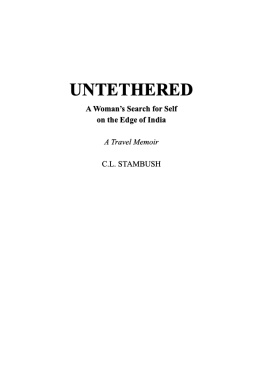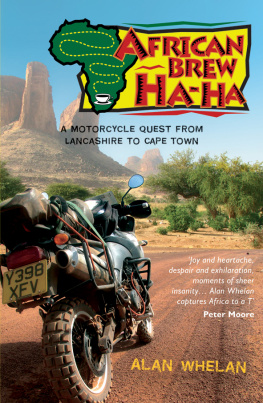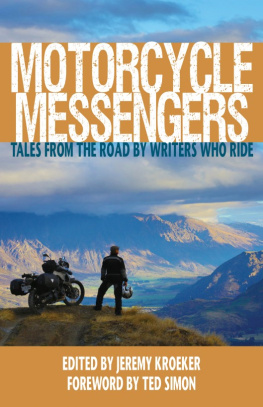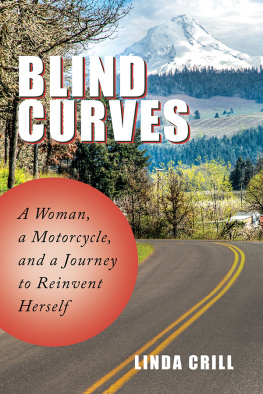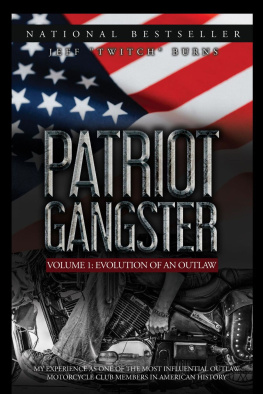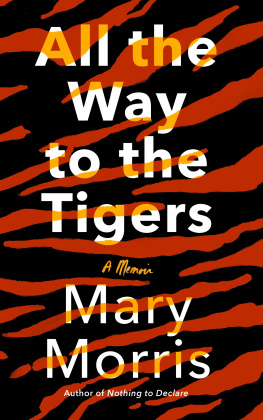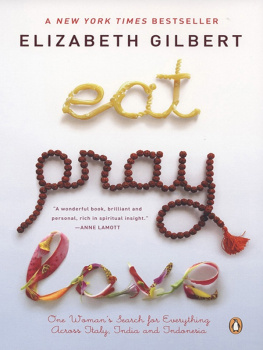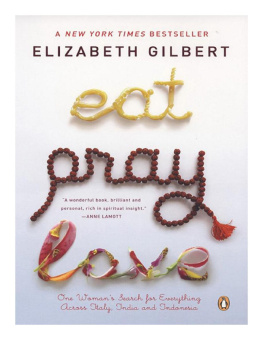1
The Urge
I heard the crowd of agitated men shouting at me, Leave it. The man I was after turned to look back before he hopped over the Nehru Bridge wall and dropped into the dark alley below. I followed him, flinging myself over as he did, hitting the ground hard. His footfalls echoed ahead of me in the night, and I spotted flashes of his shirt flitting as I ran after him. Adrenaline pumped my blood, sounding like a locomotive in my ears, as one thought drove me: Get him.
I was gaining on him when my foot snagged on a root, hurling me to my hands and knees, and knocking the breath out of me.
Stunned and shattered, I crouched quivering in the alley as my breath and senses slowly returned. In the muggy subcontinent air, ripe with the stench of rotten fruit and piss, I prayed for the earth to swallow me. Prayed the Hindu goddesses would pity me enough for this to be a nightmare. But the taste of blood in my mouth from biting my tongue and the scrapes on the palms of my hands told me it was real. Unable to move, I sat there wondering, What had I done? Who had I become?
This was not me. Not the me Id hoped to discover when I bought a Royal Enfield Bullet motorcycle and set out to ride it solo on the edge of India. Three months earlier Id been sitting in an office at the Womens Feature Service, a news agency in New Delhi, India, complaining to a fellow editor, Patralekha, about a 3,000-word story a writer sent instead of the 800 Id assigned. The adventurous life Id come in search of two years earlier had morphed into a routine, sedate, predictable life, filled with 8-to-5 work, shopping on weekends, and hanging out with friends.
My contract as one of three editors with the agency was ending, awakening a familiar desire to test my grit, and Id bought a Bullet. When I shared my plan with coworkers, they didnt cheer you-go-girl as Id expected. (We were, after all, a womens empowerment news agency.) The office manager Mrs. Banerjee listened with the primness of a Persian cat before issuing a dismissive preposterous head shake. My co-editor Patralekha said nothing, but her eyes widened in alarm as if to say, ARE YOU CRAZY ?
Given the facts Id read in a government report, stating only thirty-six percent of Indias drivers were aware of safety rules, twenty-seven percent understood traffic signals, signs and markings, fifty-five percent disregarded flashing signals, twenty-five percent ignored speed limits, twenty-eight percent refrained from using hand signals (most vehicles didnt have functioning electrical ones), and thirty-three percent displayed a frightening propensity for abrupt lane changes, I understood their concerns.
Two million miles of roadpaved and unpavedcrisscrossed India in 1997, making it the third largest road network in the world after the United States and China. Yet, only two percent of the roads were national highways, carrying forty percent of the traffic and accounting for twenty-five percent of all accidents. Trucks and busses comprised seven percent of vehicles but were responsible for forty-three percent of accidents. Untrained, stoned and drunk truckers ruled the roads, and they rarely gave an inch to anyone.
Those who didnt think I was crazy called me courageous, but I considered it a compulsion. As a first grader in school I slid my shoulder along the hall walleven when I was aloneafraid to detach myself for fear something bad would happen. Nothing ever did, but this memory of myself, as someone afraid of life, had become lodged in me and puckered like a scar that Id worried my fingers over for years. It restricted me, defined me as incapable, and kept me on lifes sidelines. It was only in the black-and-white glow of Westerns I watched on television as a kid, while sopping up cold beans with a slice of bread, that I escaped how I thought of myself by pretending I was one of the rough riders free on the range.
Despite thirty-seven years of trying to prove to myself Id become the woman I wanted to beone who moved confidently through life, who owned the space she occupied, who felt capable in a world that suggested women were notthe essence of that timid girl still clung to part of me. This journey was a last chance to prove to myself that I was no longer that girl, and the Royal Enfield Bulleta modern-day iron horsewas the perfect vehicle to set me free.
The simplest and easiest route was to ride along Indias coast. But it felt uninspired and Id lamented this to Patralekha.
Why dont you seek out the shakti peetha temples? shed said, They are dedicated to the goddess Kali youve named your motorcycle after.
Id never named any of the seven cars Id owned, but the thought of being out there alonedisconnected from the familiar and my sense of placestirred a desire for a companion. In naming my motorcycle Kali, Id intuitively concocted a particular partner, knowing a woman alone sometimes needed a little venom. The goddess Kali had more than a smidgen to offer. With her wild hair, lolling red tongue, and flashing black eyes, she represents destruction and rebirth in Hinduism. To believers, she bestows energy, strength, and capability. A warrior with four arms, she wears the severed limbs of her enemies as a skirt and their shrunken heads around her neck like pearls. She is the quintessential badass, and I wanted her grrrr.
The shakti peetha temples origins are in the legend of the goddess Sati who immolated her mortal body when her father refused to welcome her husband Shiva into the family. Upon her death, the grief-stricken Shiva began a dance of destruction and Lord Vishnu, fearing the ruin of the newly formed Earth, cut Satis body into fifty-one pieces to stop Shivas dance.
Sati is a manifestation of Kali, The Mother Goddess, and one of thirty-six million Hindu deities. The shakti peetha temples symbolize where her lips, eyes, nose, ears, heart, and so on, fell to Earth, transforming the locations into sacred empowerment sites, are also known as Kali temples. For centuries, pilgrims have trekked to the temples to pay homage to the goddess, seeking her help in shedding their old selves to become the person theyre meant to be.
Im not religious or spiritual, but the idea of finding the temples and metaphorically reassembling the goddess appealed to me. Id never attempted such an arduous adventure and finding the temples gave me structure, providing, if nothing else, mile markers in my quest to define myself.
Patralekha gave me a map indicating the temples locations a few days later. I carefully unfolded it, smoothing out the creases. It didnt have the red road lines or blue, brown, and green shadings of most maps, rather it was a simple outline of India annotated with Xs, representing the location of each shakti peetha temple. Scanning the map, I noticed the temples dotted the edge of India, echoing my inclination to ride the coast, and my plan slid into place.
2
The Quest
India is massive and complicated: culturally, psychologically, ethnically, and physically. Despite its landmass being one-third the size of the United States, its the second largest country in Asia, after China, and the seventh largest in the world. From north to southKashmir to Tamil NaduIndia stretches 1,997 miles. From west to eastRajasthan to West Bengalit spans another 1,882. Seventeen states and 8,763 miles root northern India to the Asian continent, connecting it to Pakistan, China, Nepal, Bangladesh, Bhutan, and Myanmar. The remaining 4,671 miles of coastal India bite into the salty waters of the Arabian Sea, the Lakshadweep Sea, the Indian Ocean, the Gulf of Mannar, and the Bay of Bengal like a tigers tooth, tapering to a single point you can practically stand on.

